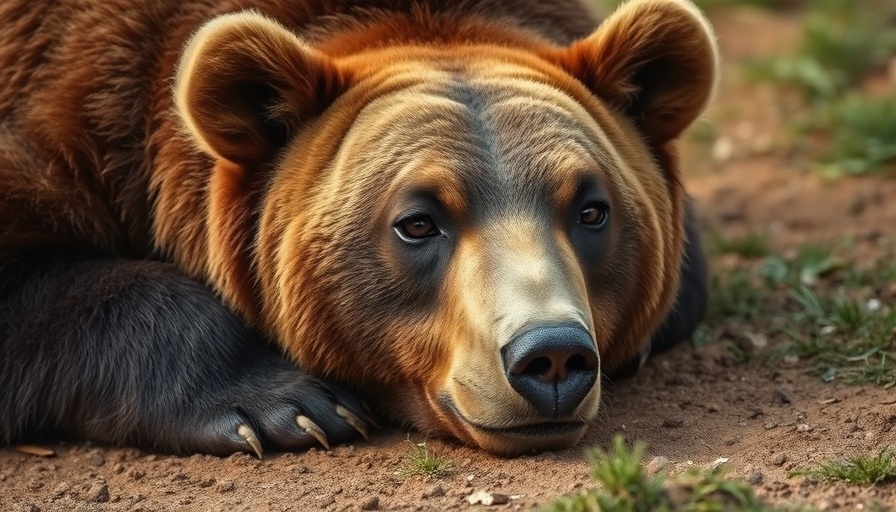
Join the Global Moose Science Community
The International Moose Symposium 2025, taking place in Östersund, Sweden, is not just a conference but a gathering of minds devoted to understanding moose ecology, behavior, and management. Wildlife Biology is thrilled to serve as the platform for a special issue dedicated to this significant event. The call for papers invites contributions that cover a wide spectrum of moose research, making it an exciting opportunity for researchers worldwide to showcase their findings and insights.
Contributing to Moose Research Excellence
High-quality submissions are welcome, ranging from theoretical explorations to practical insights regarding moose management and governance. Guest editors including experts from Poland, Sweden, and the USA will oversee the selection process, ensuring rigor and quality in the published articles. Importantly, you don’t have to attend the symposium to submit your work, emphasizing inclusivity and broad participation in the scientific discourse.
Enhanced Visibility for Published Research
One compelling reason to submit to this special issue is the enhanced visibility and outreach. According to research, papers included in special issues receive, on average, significantly more downloads and citations than standard papers. This is a vital opportunity for researchers aiming to amplify their impact in the field of wildlife biology.
Key Dates for Potential Contributors
Submissions for this special issue will open on June 30, 2025, with a deadline set for November 30, 2025. Researchers are encouraged to prepare their manuscripts in accordance with the journal's formatting and citation guidelines. As always, submitted papers undergo strict peer review, a process designed to uphold the scientific integrity and quality of published work.
The Future of Moose Science
This special issue aims to foster collaboration and advancement in moose research. Participation can lead to critical discussions about conservation strategies and governance dimensions surrounding moose populations. The collective insights could shape future policies, making this an essential undertaking for all involved.
In conclusion, the upcoming International Moose Symposium 2025 presents an invaluable platform for researchers dedicated to moose science. Don't miss the chance to contribute to this pivotal compilation of moose research that will undoubtedly influence and inspire conservation efforts globally.
 Add Row
Add Row  Add
Add 




Write A Comment